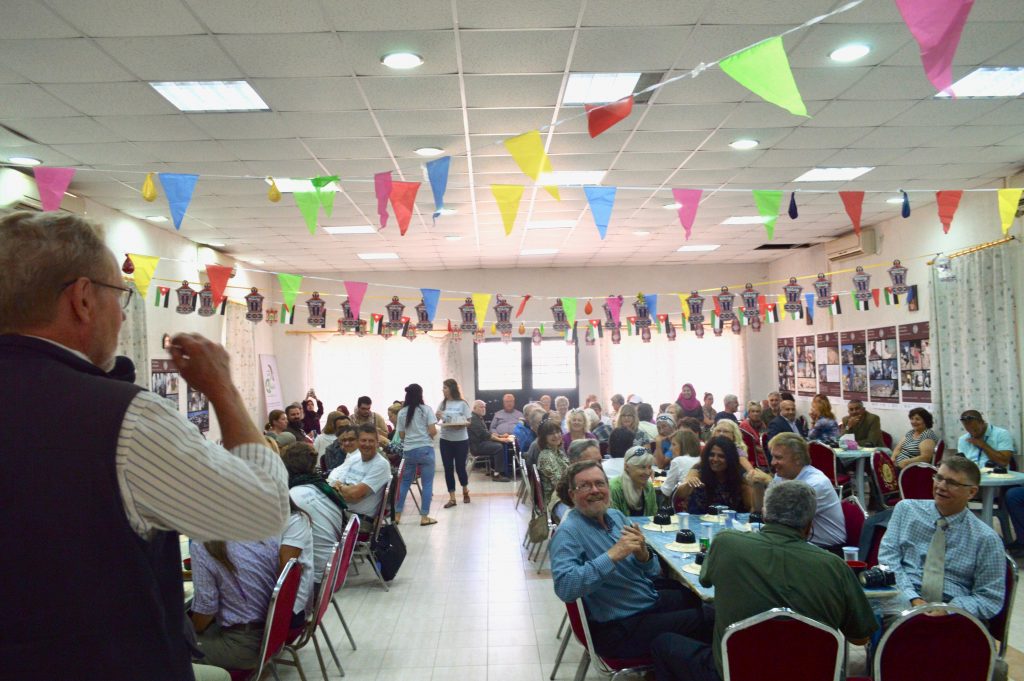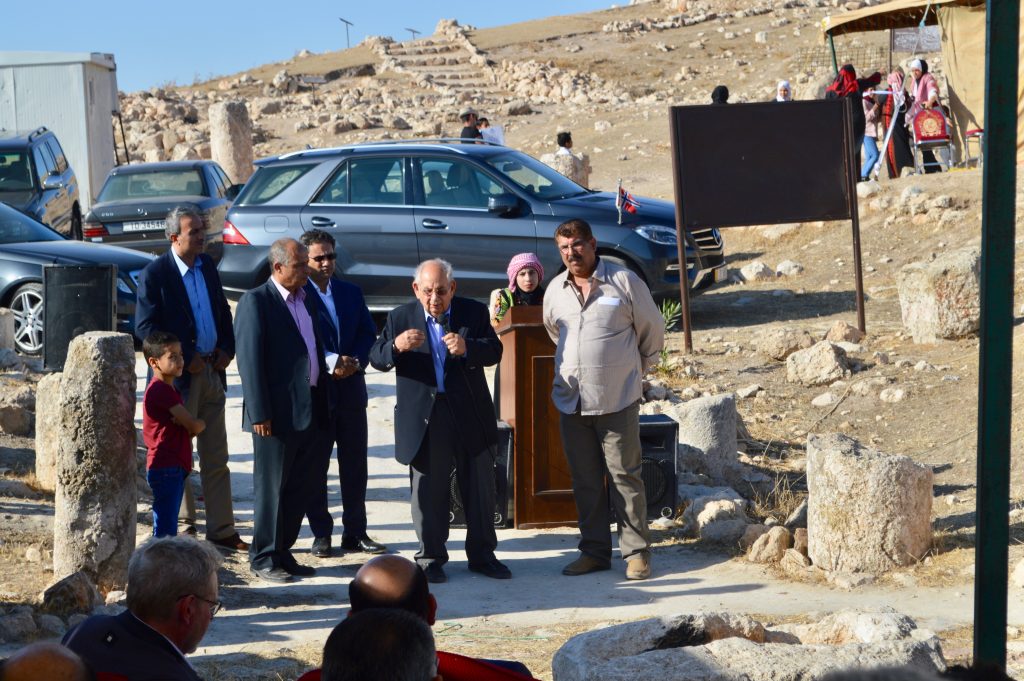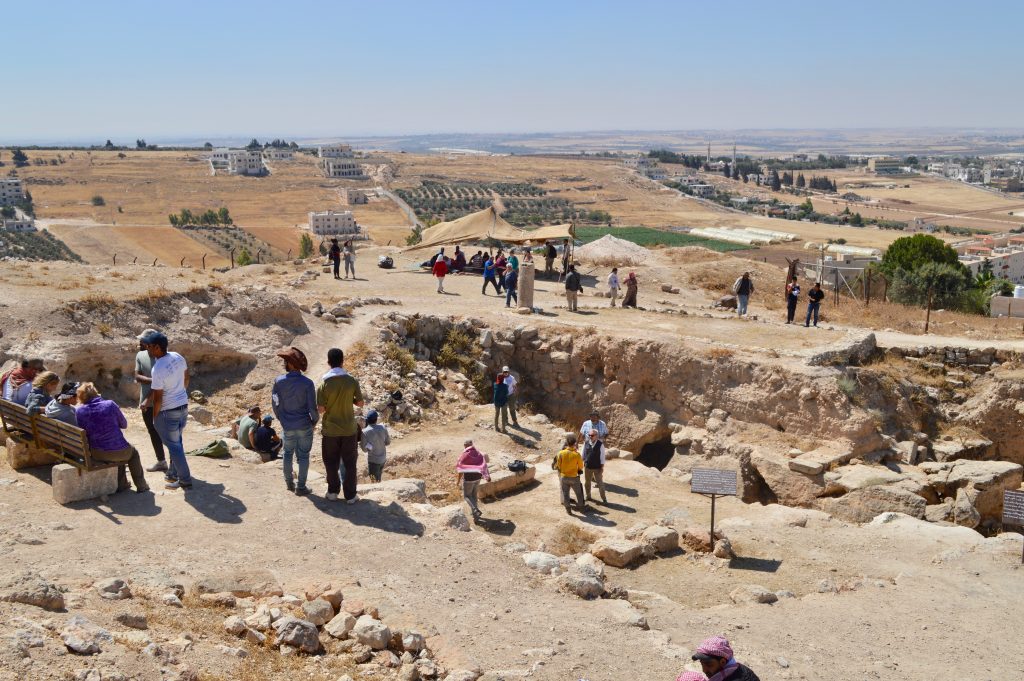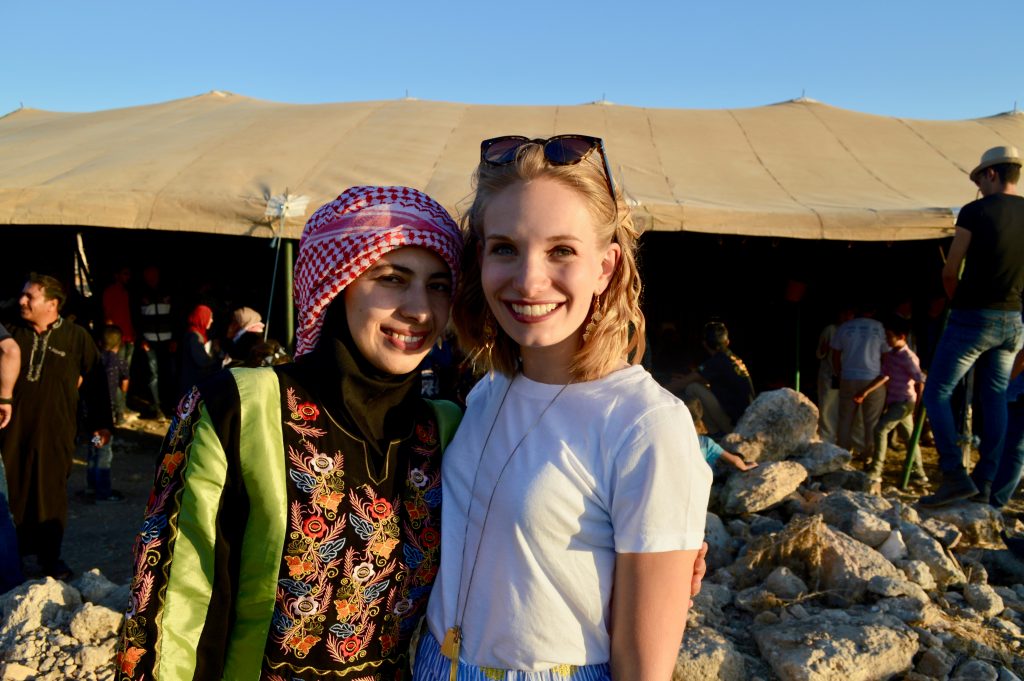Brittany Ellis was a Jennifer C. Groot Memorial Fellow in Summer 2018. She is an A.B. candidate in Anthropology at Harvard University. With the fellowship, she participated in the archaeological field school at Tall Hisban in the Madaba Plains region to write her thesis on community-based archaeology.

This year marked the 50th anniversary of the start of the Tall Hisban excavations in Hisban, Jordan. A lot has changed since the project’s inception in 1968. The project’s first director, Siegfried Horn, had hoped to find evidence linking the site to the biblical site of Heshbon and the Old Testament story of the Exodus. When dates of settlement did not match with the Exodus narrative, the project shifted to focus on the Roman, Byzantine, and Islamic periods of occupation. Today, the site is one of the foremost places for researchers to study the history and daily life of the Mamluk era (1250–1517) because of the preservation of Mamluk farmhouses, a garrison, storerooms, and a bath complex from this time. What brought me to Hisban, however, was not just archaeology. I came for the people of Hisban, who have been living with and working at the site for generations. As a student studying both archaeology and social anthropology, I am most interested in the intersections and interactions of living and past societies in places like archaeological sites or museums. For my undergraduate honors thesis, I am researching the evolution of community-based research practices in the field of archaeology. Hisban is serving as a case study for me because since 1996, the project has had an explicit community focus. People from the town had always been involved in the project as hired workers or foremen, and there also have been a substantial number of Jordanian students, professors, administrators, and even royalty who have been involved in the project over time. Starting with the second phase of the project, though, there have been a series of community-based initiatives to increase interest in and involvement at the site as well as provide other economic and educational opportunities. The project has sponsored English classes, vocational training, school trips, and field schools, and also helped to create the Hisban Cultural Association, a locally-run, non-profit organization.

I came to Hisban this year as a student in the field school with the intention of learning more about the relationships between the foreign-run archaeological project and the local people through participation in the excavations, interviews, and archival research. I encountered many different perspectives of the project and its impact on the community as I worked each day with the foreign and Jordanian students and workers, and went to the many events and meetings in the town. Some families in the town had been involved at the site for two or three generations and believed that the project created a lot of opportunities in the town for work, practicing English, learning about other cultures, and learning about the history of their land. For others, the site was just a place for a summer job. Some members of the community knew a lot about research at the site, having learned from the archaeologists there about the Roman, Byzantine, and Islamic periods of occupation; others told me the Americans on the site are just looking for gold—a common narrative in the country. Members of the Hisban Cultural Association had big aspirations of building a guesthouse, museum, and other amenities to increase tourism to the area, but they also highlighted their involvement in the project to boost their own social and political standings in local politics. Ultimately, the Tall Hisban archaeological project is deeply embedded in a web of different personal relationships and social processes. At times, working through these has been overwhelming, but I am grateful I become involved. I forged very close relationships with some of the families during the course of my work which made the experience more special than I could have imagined.

Finally, a lesson I learned at Hisban that I think can and should be applied in almost any context is that the basis of collaboration, engagement, or partnership has to be mutual respect. Respect is built and shown in simple ways—learning people’s names, sharing responsibility and work, making the effort to understand one another, being willing to learn from someone else—but I cannot overemphasize how crucial it is. Without it, all other community-based initiatives aren’t able to take root and have a lasting, positive impact. As I work to synthesize the hundreds of pages of notes I’ve taken and the hours of interviews I’ve recorded, I am looking forward to continue learning about Tall Hisban, its history, and its people.

I want to thank the co-directors of the Hisban Cultural Heritage Project – Dr. Bethany Walker, Dr. Øystein LaBianca, and Maria Elena Ronza – for allowing me to be part of the project. I also want to thank participants in the 2018 field season and members of the Hisban Cultural Association, the Hisban Women’s Association, the Madaba Directorate of the Department of Antiquities, Hazaa Al-Barary, and Dr. Zeidan Kafafi for their time and support. I am also grateful to the American Schools of Oriental Research as well as the American Center of Oriental Research—my home base during my time in Amman—for supporting my project.
Written by Brittany Ellis

